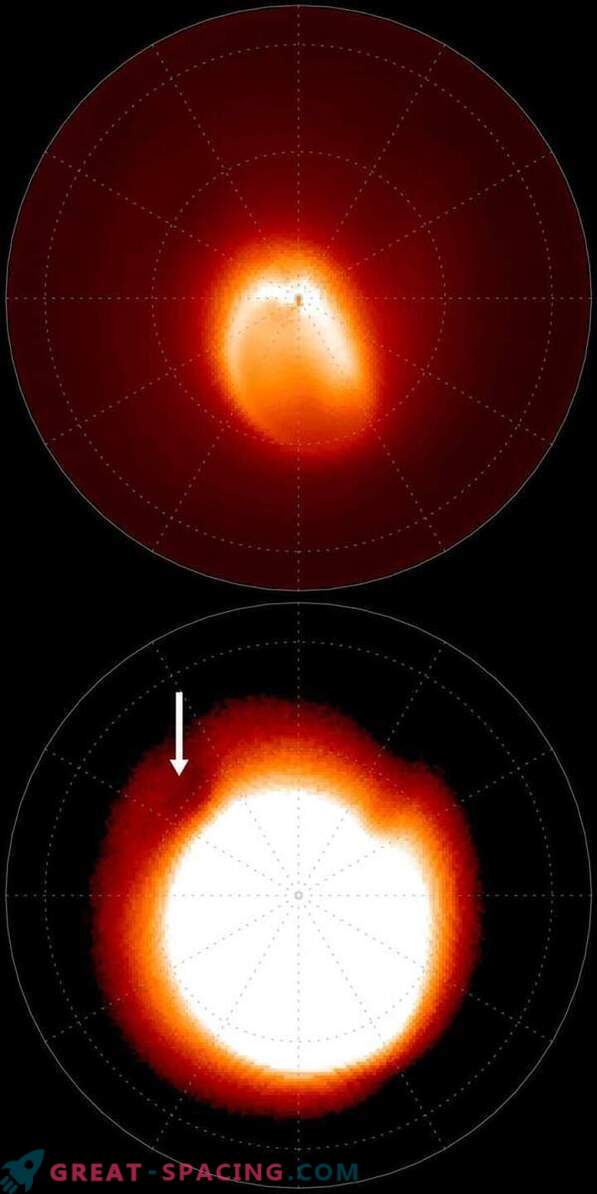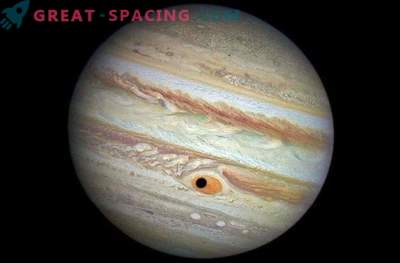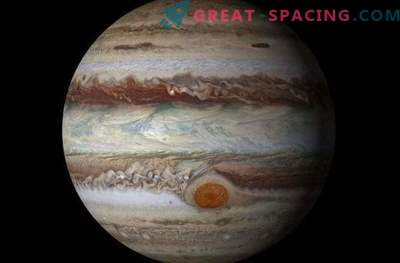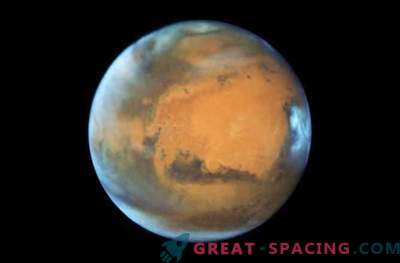
Astronomers from the University of Leicester found the second Big Spot on Jupiter, which can compete with the famous Big Red Spot. The new object received the name “Big Cold Spot” - a localized dark area (24000 km long and 12000 km wide). Located in a thin high-latitude thermosphere.
The lead author of the study, Tom Stallard, said that this is the first time that a weather feature in the upper atmosphere of Jupiter is found far from bright lights.
The Great Cold Spot is much more volatile than the “Red”. It quickly changes in shape and size. Scientists have collected data for 15 years and realized that it does not cease to be reformed and can be as old as the lights that form it. It may even be more than 1000 years old.

Observations were made with a CRISES instrument on a Very Large Telescope. On the left, you see bright arcs of infrared radiance: on the top left - December 17, and three shots on December 31, 2012. But the Great Cold Spot appears when the aurora turns white (right).
It is believed that it is created by the activity of the magnetic field, and the aurora leads to energy in the form of heat flowing around the planet. Because of this, a cooled region is formed - a layer between the atmosphere below and the vacuum space. Most likely that it is driven by a whirlwind, like the “Red” spot.
Scientists used the CRIRES instrument to track spectral emissions of H3 +, hydrogen ions, present in large quantities in the atmosphere of Jupiter. This allowed to display the average temperature and density of the atmosphere. Then they used images of H3 + radiation from the ionosphere, obtained using the NASA infrared telescope in 1995-2000. for comparison. Having added the results to the 13,000 images taken by the IRTF telescope over 40 nights, astronomers found the Great Cold Spot among the hot layer of the upper atmosphere.

Map of the northern hemisphere of the Jupiter ionosphere.
Surprisingly, this spot has remained in place for 15 years. Models have shown that changes in the temperature and density of the upper atmosphere may soon occur. Why do we not see anything like this on Earth? First, the Sun influences the Earth's auroras, and the gases of the volcanic satellite Io dominate in the auroras of Jupiter (they are slower and more stable). Secondly, the terrestrial atmospheric currents, formed by the northern lights, quickly carry heat throughout the planet, and on Jupiter, energy comes closer to the poles.
Stallard added: “The discovery of the Great Cold Spot was a real surprise, but there are signs that other features may also be present in the upper atmosphere. Therefore, we will continue to explore the spot and in the process deal with new discoveries. ”
Now in orbit there is a Juno apparatus, studying the radiance and the upper atmosphere with the help of the JIRAM tool. Together with ground-based telescopes, scientists will try to learn as much as possible about the weather on the gas giant.











































